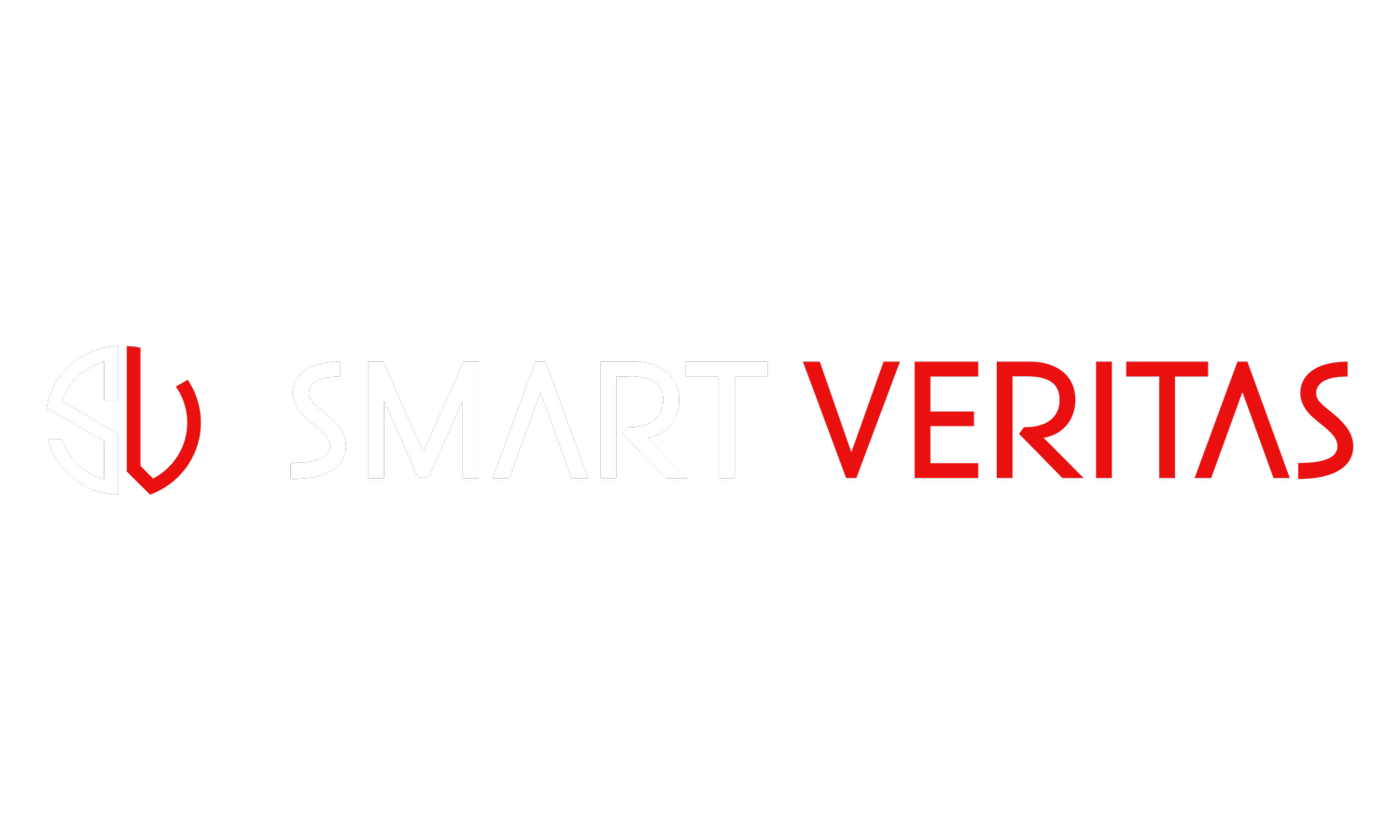Ultrasonic Inspection
Ultrasonic Inspection (UT) is often performed on steel and other metals and alloys. It is a form of non-destructive testing used in many industries. Because of the portability of the equipment and the variety of methods available, UT allows for the inspection of parts that are large, irregularly shaped, or unable to be transported.
UT makes it possible to find flaws inside the material. High-frequency sound waves are sent into the material with an ultrasonic transducer. The ultrasound that reflects off defects in the material is made visible in a graph on the UT equipment, it gives insight into the depth, size, nature and orientation of the detected indications.
Explore our site or reach out via our contact form to learn how we can support your non-destructive testing needs.
Advantages
The method can be adapted for site or workshop use.
High sensitivity, permitting the detection of extremely small flaws.
Greater accuracy than other non-destructive methods in determining the depth of internal flaws and the thickness of parts with parallel surfaces.
High penetrating power, which allows the detection of flaws deep in the part.
Large or small objects can be examined.
Only one surface needs to be accessible.
Limitations
Objects that have a rough surface or are very small, thin, or not homogenous are difficult to inspect.
Reference standards are required for equipment calibration and the characterization of flaws.
Cast iron and other coarse-grained materials are difficult to inspect due to low sound transmission and high signal noise.
Linear flaws oriented parallel to the direction of the sound beam may go undetected.


